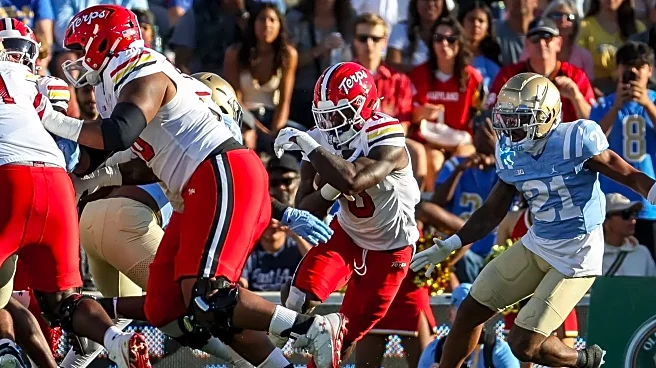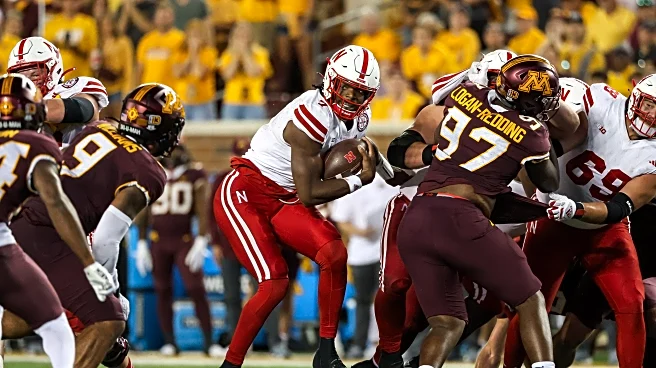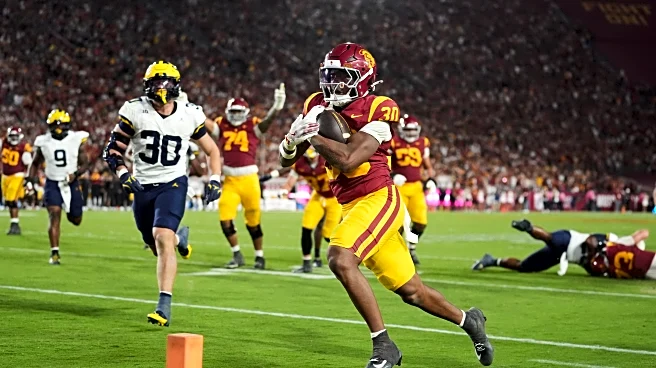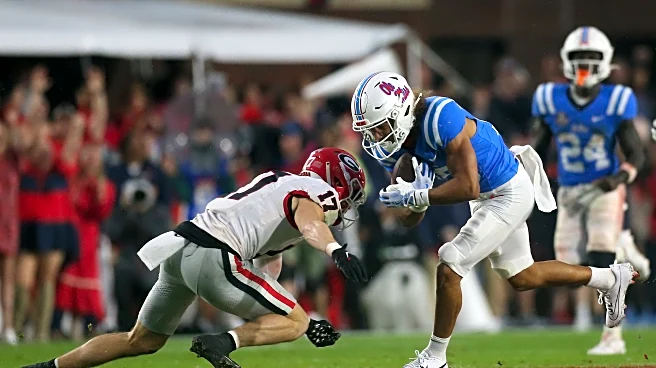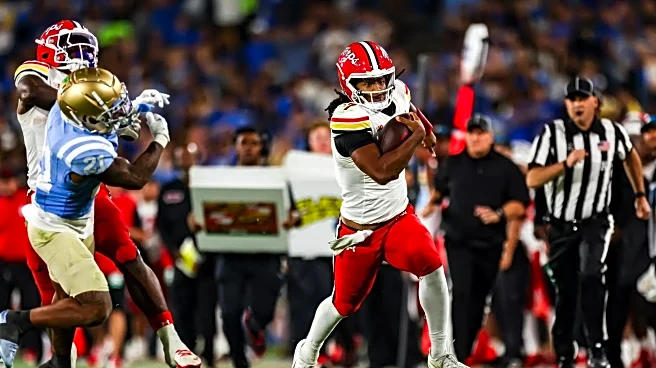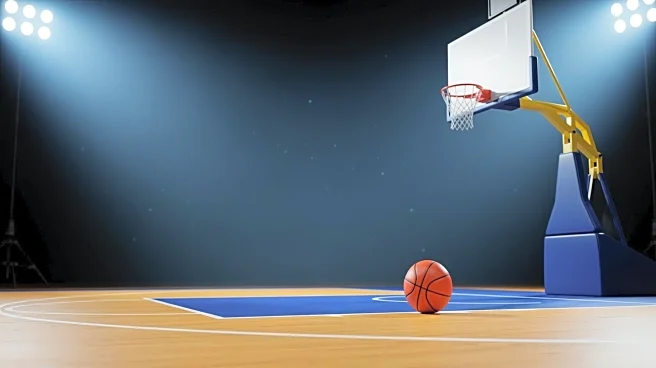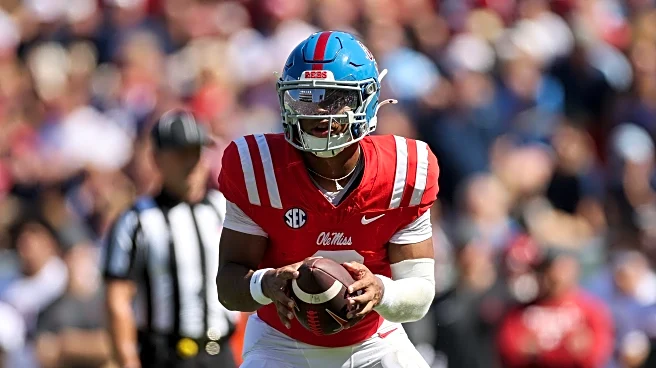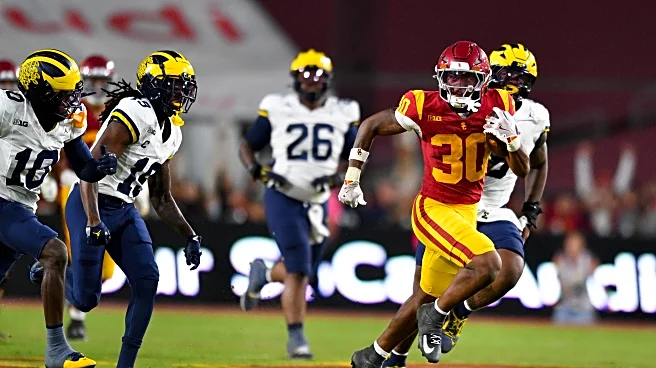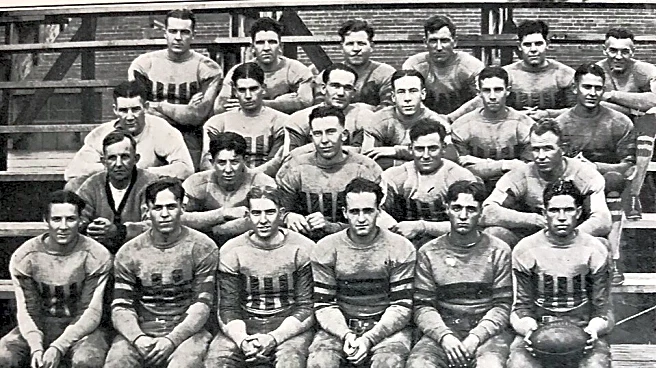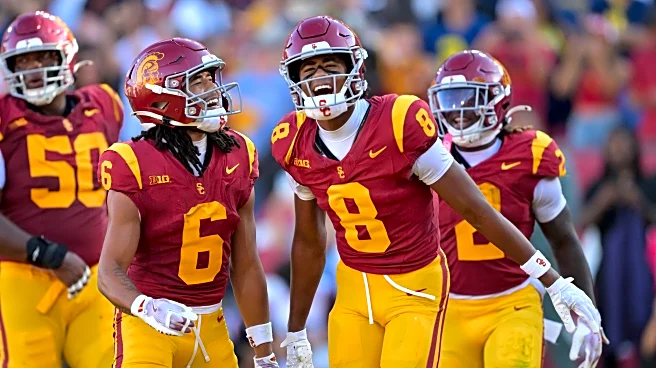Maryland football faltered once again, and it did so late for the third straight week — this time collapsing late against UCLA, 20-17.
In a game that featured a staggering 15 combined punts, the football played by both sides was ugly, uncoordinated and downright sloppy. Mistakes, errant throws, turnovers and targeting penalties sullied the product and left Maryland fans, players and coaches — once again — searching for elusive answers.
Here are three takeaways from the contest.
Malik Washington’s few moments of good were overshadowed by the bad
There was almost nothing
going for Malik Washington Saturday evening in Pasadena. The freshman field general nearly threw an interception on the offense’s first drive of the game, and that was just the beginning.
After that three-and-out, Washington’s next drive had the makings of a flawless one. He converted perfectly on three third downs — two were strikes to receivers Shaleak Knotts and Kaleb Webb, while he used his legs to move the sticks on the other. But Maryland was stopped three consecutive times at the 2-yard line, forcing a field goal. The 17-play drive was Maryland’s longest of the season, but its conclusion highlighted the Terps’ game-long red zone woes.
Accuracy issues were to blame for many of Maryland’s shortcomings on offense, including those red zone trips. Malik Washington threw for under 50% completion (23-of-48), and a significant chunk of his tosses could be aptly categorized as sideline 50-50 balls, or just simply inaccurate throws — a pass over the middle behind intended target Kaleb Webb resulted in his lone pick of the day.
Washington’s touchdown-leading drive in the fourth quarter was impressive, and his six rushes for 67 yards on the evening showed the youngster’s dual-threat ability and willingness to take off. But the meat of the game revealed his inconsistencies as a passer. And since Locksley and company rely heavily on that trait, it will need to get cleaned up if the Terps want to make a bowl game.
A two-faced defensive game
On one hand, Maryland’s defense was rock solid, and for the majority of the game, at that. UCLA quarterback Nico Iamaleava proved he was an established runner against Penn State, gashing the Nittany Lions for 128 yards and three touchdowns on the ground.
In response, Maryland’s defense was well prepared. It had a spy on Iamaleava whenever possible, and limited him to just 25 total yards on the ground. What’s more, the Tennessee transfer tossed two interceptions, the latter of which was returned for a score, giving Maryland its first touchdown and the lead.
The Terps did this with some key players out, too. Freshman phenom Zahir Mathis was ruled out prior to the start of the game and Daniel Wingate got banged up, while active contributors Trey Reddick and Jalen Huskey were both disqualified for targeting.
On the other hand, UCLA’s game winning drive was curious on the part of Maryland’s defense. A team that had matched up so well with the Bruins’ wide receivers all evening suddenly found themselves unable to contain them.
Passes of 14 and 19 yards on wide-open shots were uncharacteristic for Maryland’s defense — who had shifted to somewhat of a prevent coverage — to allow. The 35-yard plunge up the middle to set up the field goal only added to the inevitable. Ultimately, when the Terps desperately needed the defense to come up with a huge stop, it had nothing left in the tank to give.
Maryland still can’t run the ball
Forget about the seemingly positive progress Maryland made in the run game last week, with Nolan Ray averaging 5.6 rushing yards and tallying a touchdown against Nebraska. That progress quickly evaporated.
Save for Malik Washington’s scrambles on off-script plays, the Terps had a typical Terp rushing game, pounding 20 carries for 60 yards. Williams led the running back room with 47 yards. He also racked up 86 more through the air — including a crippling fumble.
Part of the reason why Maryland is so keen on Washington throwing the ball is because that’s the only chance the offense has at gaining substantial yardage. The lack of ground game explosiveness has been apparent all season long. It just became impossible to ignore Saturday. On the 17-play drive that stalled out, Williams went backwards on his two rush attempts from the 2-yard line.
On Maryland’s next trip inside the 10-yard line, Williams carried for a four yard rush on first down. But the Terps refused to rush on the next three consecutive plays and came away with zero points. Whether it be a lack of confidence in the run altogether or something else entirely, the Terps’ inability to balance its attack and keep defenses guessing — especially in the red zone — has cost them points in crucial settings.
